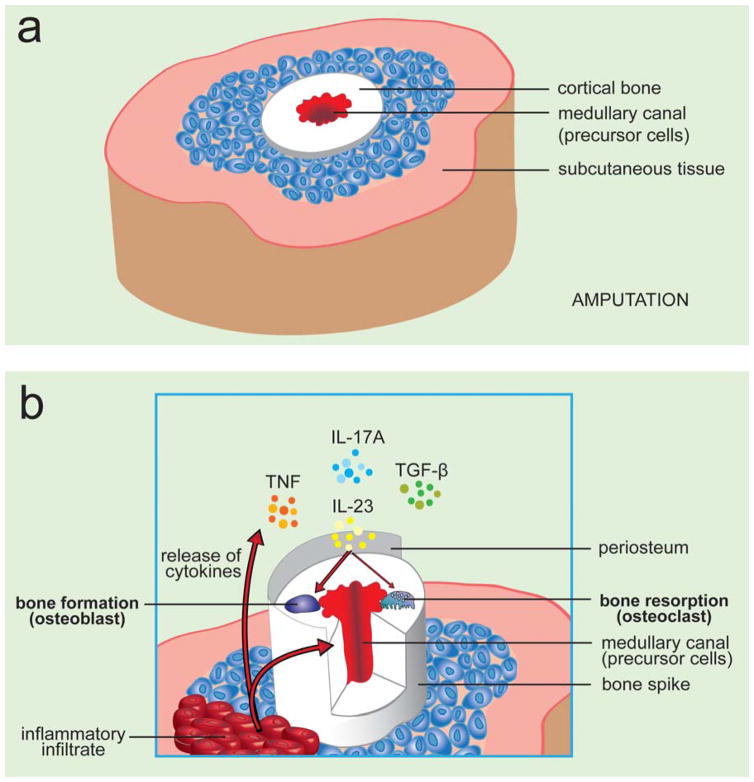Figure 1. Pathophysiology of juvenile amputation overgrowth.
Schematic shows the a) physiological and b) pathological bone remodeling as it occurs in JAO. Inflammatory infiltrate present after tissue injury (amputation) is responsible for the release of pro-inflammatory cytokines IL-23 IL-17, TNF and TGF-β that come into contact with stromal and hematopoietic precursor cells. These molecular changes allow the transcriptional activation of bone cells to promote bone formation causing an abnormal increase in bone growth forming a bone spike, which in extreme cases the terminal skeletal spike may perforate the soft tissue envelope.

